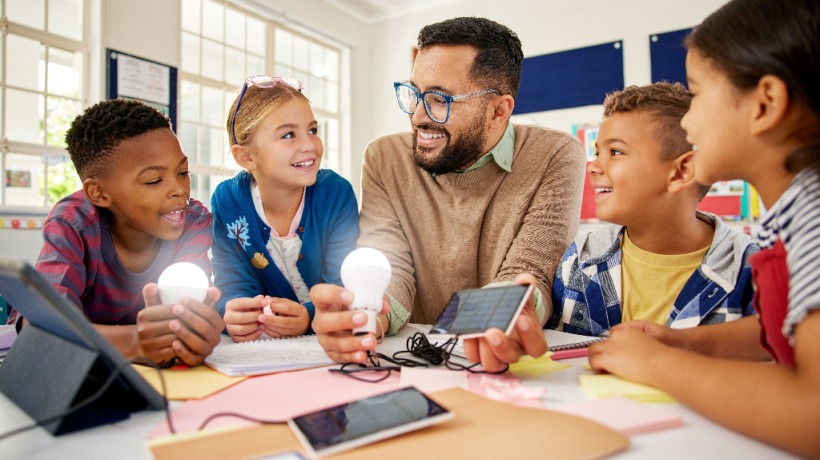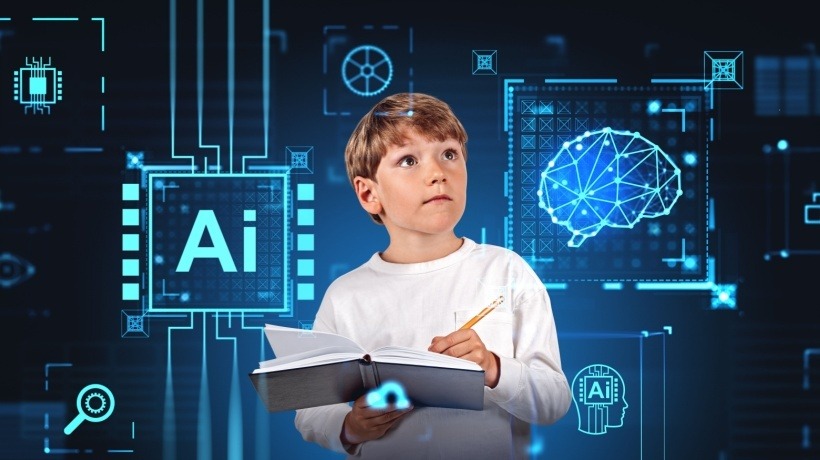Current Challenges In K-12 Education
The digital revolution has left no sector in the shadows. The vast world of education is no exception. With our ever-changing education system, technology has brought about new ways of delivering information. As the requirements for learning go through a shift, the sector of education is among the fastest-growing sectors in our technological world. Mixed learning is the new norm, especially after the pandemic. As digitization accelerates, it is expected to cause changes in the education market for K-12, too. The market for K-12 education is predicted to grow at a rate of 31.6% during the period between 2021 and 2026. The market is fueled by schools that are switching from traditional blackboards to the smart approach, which is being integrated into educational settings. Below, we present challenges in K-12 education that are common in schools today.
The K-12 Education System
In a K-12 model for education, the letter K is for kindergarten, and 12 is for the 12th grade. This model comprises primary, kindergarten, secondary, high school, and pre-university with an emphasis on participation in the communication between students and teachers. The booming concept of K-12 education changed the traditional method of educating students. It also provides elementary schooling for students from kindergarten through 12th grade.
K-12 is widespread throughout the world, with a particular focus on countries such as the United States, Canada, Australia, and Europe. India continues to make huge improvements by having 1.5 million schools, 8.5 million teachers, and 250 million students who are enrolled in education through the contemporary K-12 educational concept. The future of education is among the key aspects of the expansion of the youngest populace in the world. This is significantly boosted by the gross enrollment ratio of 69.25%, as well as the number of students who receive schooling in India.
The Current Challenges Facing The Education Sector For K-12 Students
Despite the growing use of technology in nearly every field, major hurdles hinder their effective implementation in education institutions. Due to the diversity of populations and the vast landscape of schools, administrative challenges for teachers as well as students and school administrators are hindering our current educational system. In addition, there needs to be more individualization for the diverse learners in the classroom, along with a need for more involvement from parents.
1. Tracking Professional Development
Teachers participate in a variety of classes to enhance their skills and stay up-to-date on the most effective methods. Many teachers also take on additional classes, whether to fulfill quotas set by the institution or to further their professional development. It takes work for them to track their education advancements or micro-credentials.
It is the reason why using a single platform to oversee the development of teachers could help. Teachers should be able to explore learning opportunities and keep track of their completion and enrollment statuses on one platform. To top it off, the perfect development platform should also provide an environment for teachers to share their knowledge and actively engage in learning.
2. Lack Of Personalization
It is almost impossible to create an individualized learning plan for all students in traditional classroom environments. Each student has their own set of needs, goals, preferences, ways, and limits. Even with smaller classes, educators can only offer some students individual attention whenever they require it. However, some students may be drawn towards kinesthetic exercises, while others may learn better through reading-based activities. Similar is the case regarding assessment techniques.
Many organizations switch to eLearning solely for the reason of personalization. Students are able to set their timetables, separate from synchronous tasks, as the library is always available to provide on-the-spot resources. For instance, some games provide challenging checklists and video walks that can help students develop essential skills or complete tasks. They can use the course catalogs depending on their desires and objectives.
3. Manual Crunch
Teachers at this age have huge responsibilities and are expected to be multi-taskers. Beyond teaching academics, students rely on them for advice on well-being issues, and they are the first line of support for their students. However, holistic educators need information. It could be information gathered via surveys or internet activities through devices issued by schools. No matter what, the past data allows teachers to identify problems and areas of intervention in a short time.
At present, many schools still need a centralized system to collect relevant data. For instance, you could have to manually administer several surveys every period. Teachers might then have to input their data into weekly Excel spreadsheets that could be lost and they also need help to keep up. Technology can make your teachers less tired of working at their keyboards while ensuring the information they need to work with is easily accessible and flexible.
4. Low Parent Involvement
There are many reasons that parents might not be involved in their children's education. They may have a demanding job or live in different houses. Some take a more "hands-off" approach because they believe that the school should manage their educational needs. In any case, the lack of parental involvement has an immediate effect on the performance of a student as they need an outside support system that isn't part of the classroom environment.
The first and most important thing is that online learning is more convenient for parents to have an active part in their child's education because they do not have to go to in-person meetings, and all of the assignments are located centrally. However, there are methods to connect with them on a personal level to ensure they are conscious of the child's strengths and areas to improve, like organizing monthly virtual parent-teacher meetings with video conferencing.
Conclusion
Addressing these challenges in K-12 education requires a multi-faceted approach that involves collaboration among educators, policymakers, parents, and the community. By implementing innovative solutions and continuously adapting to evolving needs, K-12 education can better prepare students for the future.








